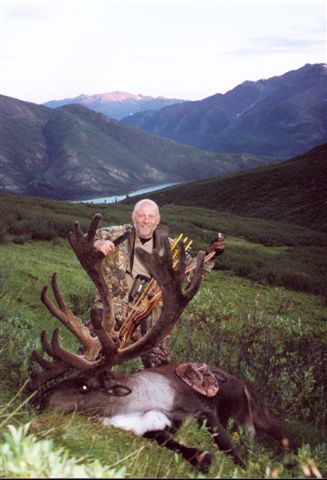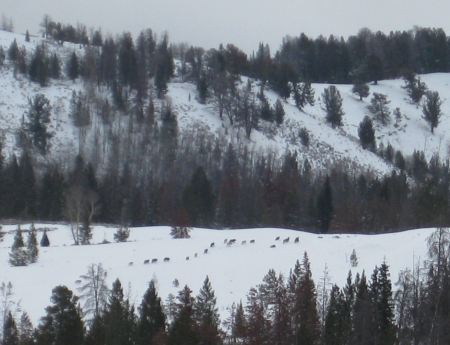When wolves were reintroduced into Idaho, Montana and Wyoming the agreement with the states, sportsmen, the Federal Government and the tree huggers was simple. 300 wolves. The prowolf people asked for 450 wolves with at least 150 and 15 breeding pairs in each state. This 50%margin, they reasoned was needed so the number wouldn’t fall below 300. It would take YEARS they argued, probably DECADES with a slow 5% population growth rate. The 450 would represent wolf repopulation recovery and then management would be returned to the states.
2010 Numbers
Idaho-850 + wolves
Montana-600 + wolves
Wyoming-300 + wolves
We are at 1200 wolves more than the 450 requested. Biologists agree that 1 wolf kills 20 elk each year. 2,000 wolves x 20 dead elk = 40,000 dead elk each year.

Tom Bergerud top wolf expert from British Columbia told the Idaho Department of Fish and Game the following:
“I predict that you´re going to have major impacts from wolves in this state,” (Idaho) he said. I predict a major elk decline.
He said that he saw wolves “repeatedly depress moose, caribou and elk populations while studying them throughout Canada and in some cases they wiped out local populations of caribou.”
“I’ve watched herd after herd (of caribou) go EXTINCT across Canada,” he said. The problem: wolves have no known predators to keep them in balance with the ecosystem..”
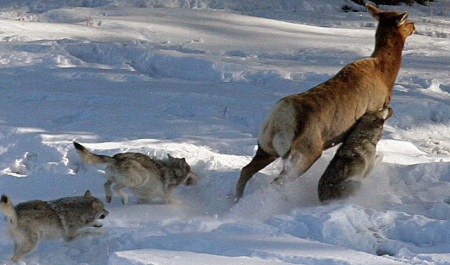
The Idaho Fish and Game predator expert disagreed with Tom Bergerud
“We really don’t fear wolves or other predators are going to drive any populations of big game animals to extinction,” says Steve Nadeau, who heads the Idaho Fish and Game Department’s wolf, bear and mountain lion management effort at Boise.
“They will cause some level of predation within those populations that may or may not affect the status of that population.”
The department and tribe are monitoring elk and wolf populations. If it’s determined wolves are having too severe an impact on elk, he says, new rules proposed by the Fish and Wildlife Service would allow some wolves to be removed. ……… Steve Nadeau
So who was right, the guy who had seen it all, or the guy who thought he knew it all?

Here is the bottom line, the Lolo herd had 9,729 elk before wolves were reintroduced, that number is now down to 1,473. Of that number cow elk, the producers of the next generation, are down from 3,832 to 705. Calves are down from 669 to just 144. You need 25 calves per 100 elk just to sustain a population. In the Lolo unit, the number is below 10 percent. Simple math Folks, looks like Tom was right and Steve was wrong. Wolves are just as good as killing big game as was predicted.
Here is the news article from 2010 on the Elk Populations in the once mighty Lolo Herd.
February 25th, 2010
By Eric Barker of the Tribune
Lolo Zone also could see fewer hunters after notching a large decline in elk numbers
…Depressed numbers of elk in the Lolo Zone could lead to fewer tags being sold there. Tags are already capped in the zone.
“We are seeing continued declines of elk numbers in the Lolo Zone,” Crenshaw said. “Data is indicating a 50 percent decline from 2006.”
The total number of elk counted during recently completed aerial surveys dropped from 3,452 four years ago to 1,473 this year. Cow elk dropped from 2,276 to 824 and calves from 669 to 144. Bulls are doing a bit better. They went from 504 to 461. But Crenshaw said bull numbers won’t stay at that level if few young elk survive to replace them.
“With such poor recruitment anticipated we expect them to be affected in the next couple of years as well,” Crenshaw said.
He said tag sales for the zone could be further capped, but hunters are already abandoning the zone and the restrictions might not be necessary.
“Around half of the resident tags were left unsold last year and about two-thirds of outfitter tags were left unsold…
Warning Graphic Photos!

We were told that Wolves only kill the sick, old and infirm.

This pregnant cow was killed by wolves. They only ate the fetus, leaving the cow unused.

This one too…

This one too…

They didn’t even finish eating this unborn calf.

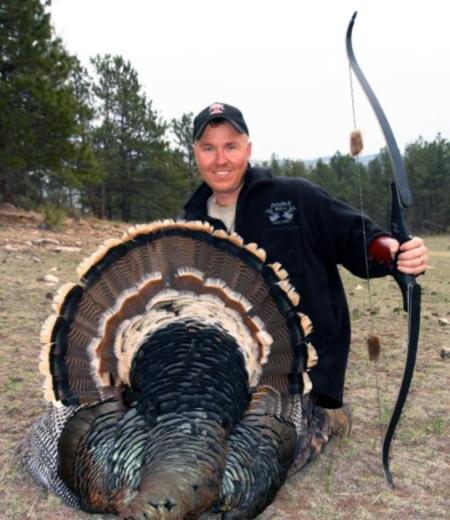 This old tom was dropped by a persistent recurve enthusiast.
This old tom was dropped by a persistent recurve enthusiast.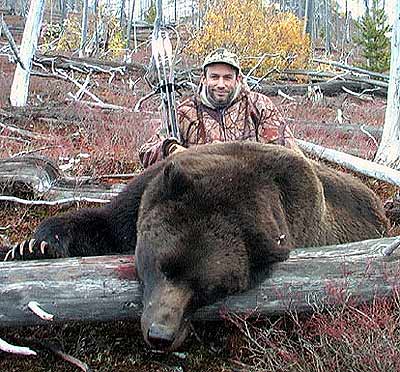 This 950 pound grizzly was shot as it charged. The old boar scored into the Boone and Crocket records books. Congratulations to hunter Pat Lefemine.
This 950 pound grizzly was shot as it charged. The old boar scored into the Boone and Crocket records books. Congratulations to hunter Pat Lefemine.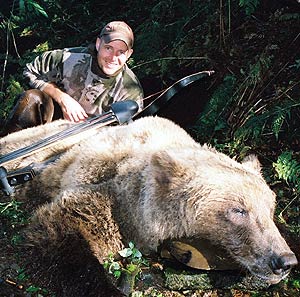 This giant brown bear was harvested by hunter Tom Huebner in Alaska at less than 10 yards. What an amazing challenge on one truly dangerous animal.
This giant brown bear was harvested by hunter Tom Huebner in Alaska at less than 10 yards. What an amazing challenge on one truly dangerous animal.